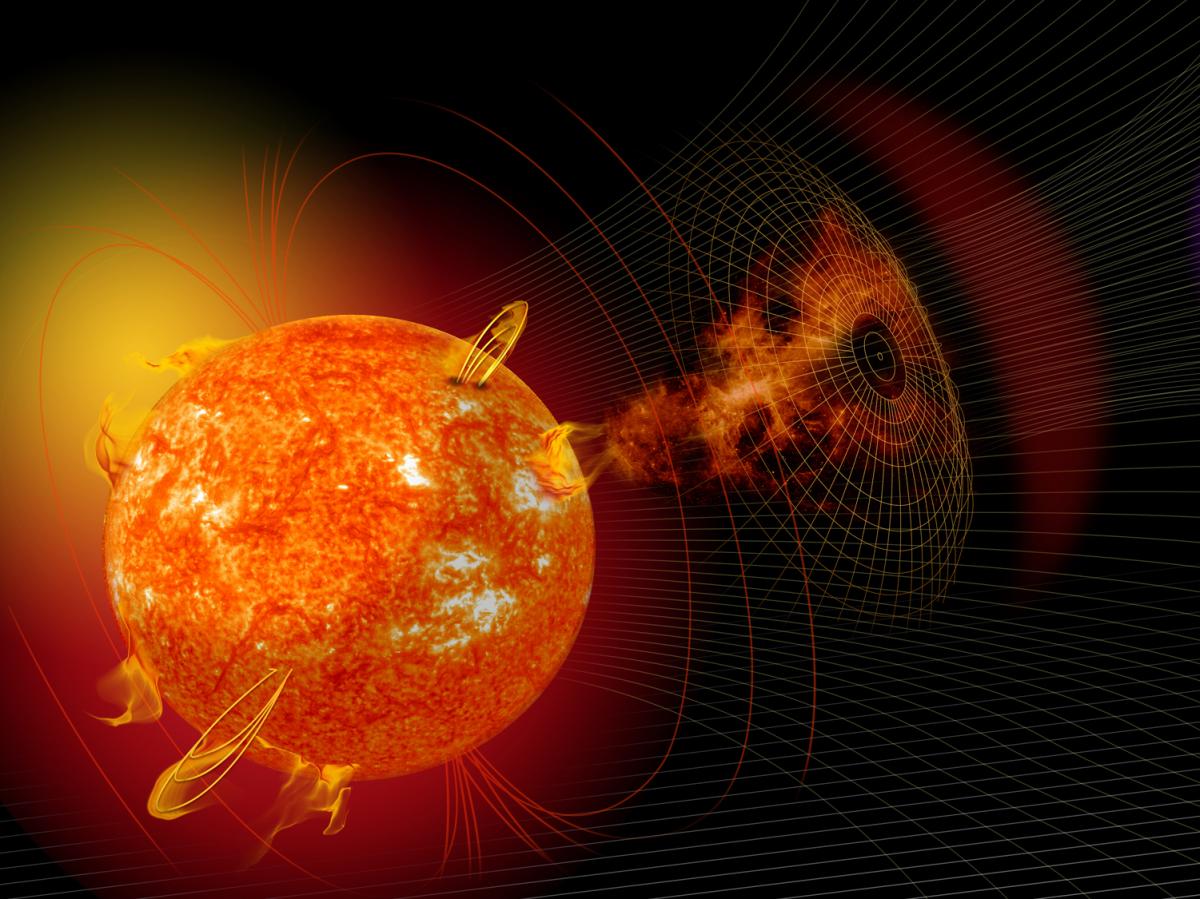D: Did you hear that thunderstorm last night, Yaël? The wind knocked over a tree into an overhead power line. We lost electricity for hours.
Y: I’ve heard there were blackouts all over town, Don. My neighbor worried we’d be in the dark all day, but I just lit some candles. I figured the power would come back on soon, and it did.
D: Maybe your neighbor was right to worry. I’ve recently been reading about solar storms, and they make last night’s power outages seem like nothing. If a major solar storm hit the US, we’d have to worry about blackouts all over the place—and those blackouts could even spread!
Y: That’s a pretty big “if.” That event, also called a geomagnetic storm, is caused by the after-effects of some solar flares. Although solar flares are pretty common, it’s only if Earth is in the path of those after-effects that we would have a solar storm.
D: These storms happen more often than you think; it’s a matter of years before the US is hit. And the damage could be serious. The solar flare could shut down radio communication and disrupt GPS navigation. Satellites could lose power, and some cell phone calls would get dropped. Plus, the electrical grids could get overwhelmed with current as control units overheat.
Y: That is pretty bad! But I do know some good news: plenty of organizations, including NASA and NOAA, are keeping an eye on our sun’s flare ups. And researchers are constantly thinking of new ways to keep our electrical grid running. In the meantime, though, maybe I’ll go buy more candles. Just in case.










